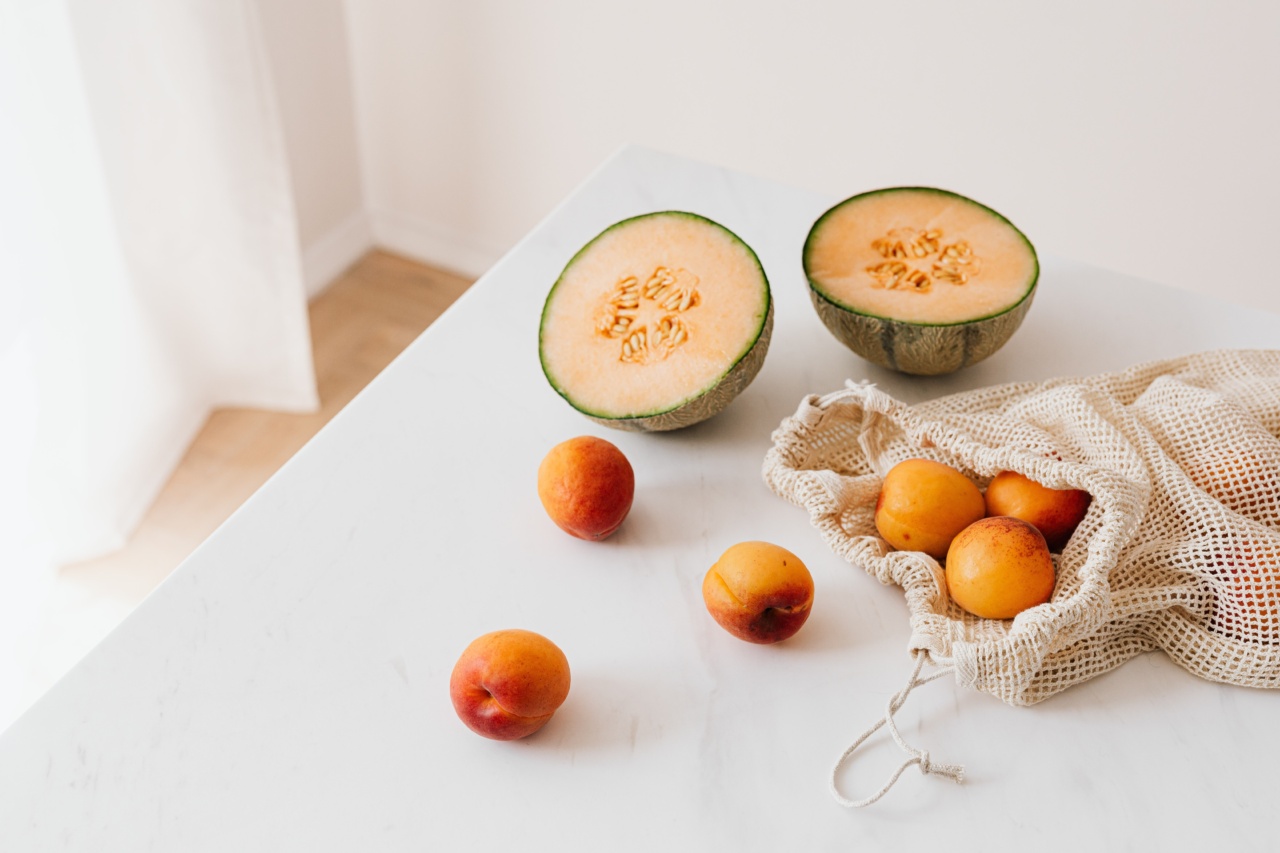Hypertension, also known as high blood pressure, is a common health condition that affects millions of people worldwide. It occurs when the force of blood against the walls of the arteries is too high.
If left untreated, hypertension can lead to serious health problems such as heart disease, stroke, and kidney disease. While medication is often prescribed to manage hypertension, incorporating certain foods into your diet can also be an effective way to naturally lower blood pressure.
In this article, we will explore 10 foods that have been shown to help reduce hypertension.
1. Leafy Green Vegetables
Leafy green vegetables, such as spinach, kale, and collard greens, are rich in potassium, a mineral that helps the kidneys excrete excess sodium from the body.
Sodium is a major contributor to high blood pressure, so consuming potassium-rich foods can help lower blood pressure levels. Additionally, leafy greens are high in nitrate, which is converted into nitric oxide in the body. Nitric oxide helps relax and dilate blood vessels, improving blood flow and reducing blood pressure.
2. Berries
Berries, such as blueberries and strawberries, are packed with antioxidants called flavonoids. These compounds have been found to have a positive effect on blood pressure levels.
Flavonoids can help dilate blood vessels, improve blood flow, and reduce inflammation, all of which contribute to lower blood pressure. Berries are also low in calories and high in fiber, making them a healthy addition to any diet plan.
3. Oats
Oats and oatmeal are excellent sources of fiber and have been shown to have a significant impact on reducing blood pressure levels.
The soluble fiber in oats, known as beta-glucan, forms a gel in the digestive system that helps remove cholesterol from the body. Lower cholesterol levels can contribute to lower blood pressure. Incorporating oats into your breakfast routine is a simple and delicious way to support heart health and manage hypertension.
4. Garlic
Garlic has been used for centuries as a natural remedy for various health conditions, including hypertension. It contains a compound called allicin, which has been shown to have a significant impact on reducing blood pressure.
Allicin is known to relax blood vessels and increase the production of nitric oxide, which helps lower blood pressure. Including fresh garlic in your cooking or taking garlic supplements can be beneficial for managing hypertension.
5. Fish with Omega-3 Fatty Acids
Fatty fish, such as salmon, mackerel, and sardines, are excellent sources of omega-3 fatty acids, which have numerous health benefits. Omega-3 fatty acids have been found to reduce inflammation, lower triglyceride levels, and lower blood pressure.
Consuming fatty fish at least twice a week can help support heart health and manage hypertension. If you’re not a fan of fish, you can also consider taking an omega-3 supplement.
6. Pomegranates
Pomegranates are packed with antioxidants and have been shown to have a positive effect on blood pressure levels. Studies have found that drinking pomegranate juice can help lower both systolic and diastolic blood pressure.
The high antioxidant content of pomegranates helps combat oxidative stress, reduce inflammation, and improve overall cardiovascular health. Adding pomegranate juice or seeds to your diet can be a delicious way to support healthy blood pressure levels.
7. Yoghurt
Yoghurt is a dairy product rich in calcium, potassium, and magnesium. These minerals are essential for maintaining healthy blood pressure levels.
Calcium helps blood vessels contract and expand properly, while potassium and magnesium help regulate blood pressure. Opt for plain yoghurt or Greek yoghurt without added sugars to maximize the health benefits. You can also add berries or a sprinkle of oats for additional nutrients.
8. Beets
Beets and beetroot juice have been found to have a significant impact on lowering blood pressure levels. Beets contain high levels of nitrates, which are converted to nitric oxide in the body.
Nitric oxide helps relax blood vessels, improve blood flow, and lower blood pressure. Consuming beets or drinking beetroot juice regularly can be an effective way to naturally manage hypertension.
However, it’s important to note that beets can also change the color of urine and stool, so don’t be alarmed if this occurs after consuming them.
9. Olive Oil
Olive oil is a staple in the Mediterranean diet, which is often associated with heart health and longevity. It is rich in monounsaturated fats, which have been found to lower blood pressure levels.
Additionally, olive oil is packed with antioxidants called polyphenols, which help reduce inflammation and protect against oxidative stress. Replace unhealthy cooking oils with extra virgin olive oil and use it for salad dressings or drizzling over cooked vegetables for maximum health benefits.
10. Dark Chocolate
Good news for chocolate lovers! Dark chocolate, specifically chocolate with a high cocoa content (70% or higher), is rich in flavonoids that have been shown to have a positive impact on blood pressure levels.
Flavonoids help dilate blood vessels, improve blood flow, and reduce the risk of heart disease. However, moderation is key, as chocolate is high in calories and should be consumed in moderation as part of a balanced diet.
Conclusion
Managing hypertension is crucial for overall health and well-being.
While medication is often prescribed to control high blood pressure, incorporating certain foods into your diet can be an effective and natural way to support healthy blood pressure levels. Including leafy green vegetables, berries, oats, garlic, fatty fish, pomegranates, yoghurt, beets, olive oil, and dark chocolate in your diet can help regulate blood pressure and reduce the risk of complications associated with hypertension.
As always, it’s important to consult with your healthcare provider before making any significant changes to your diet or treatment plan.





























